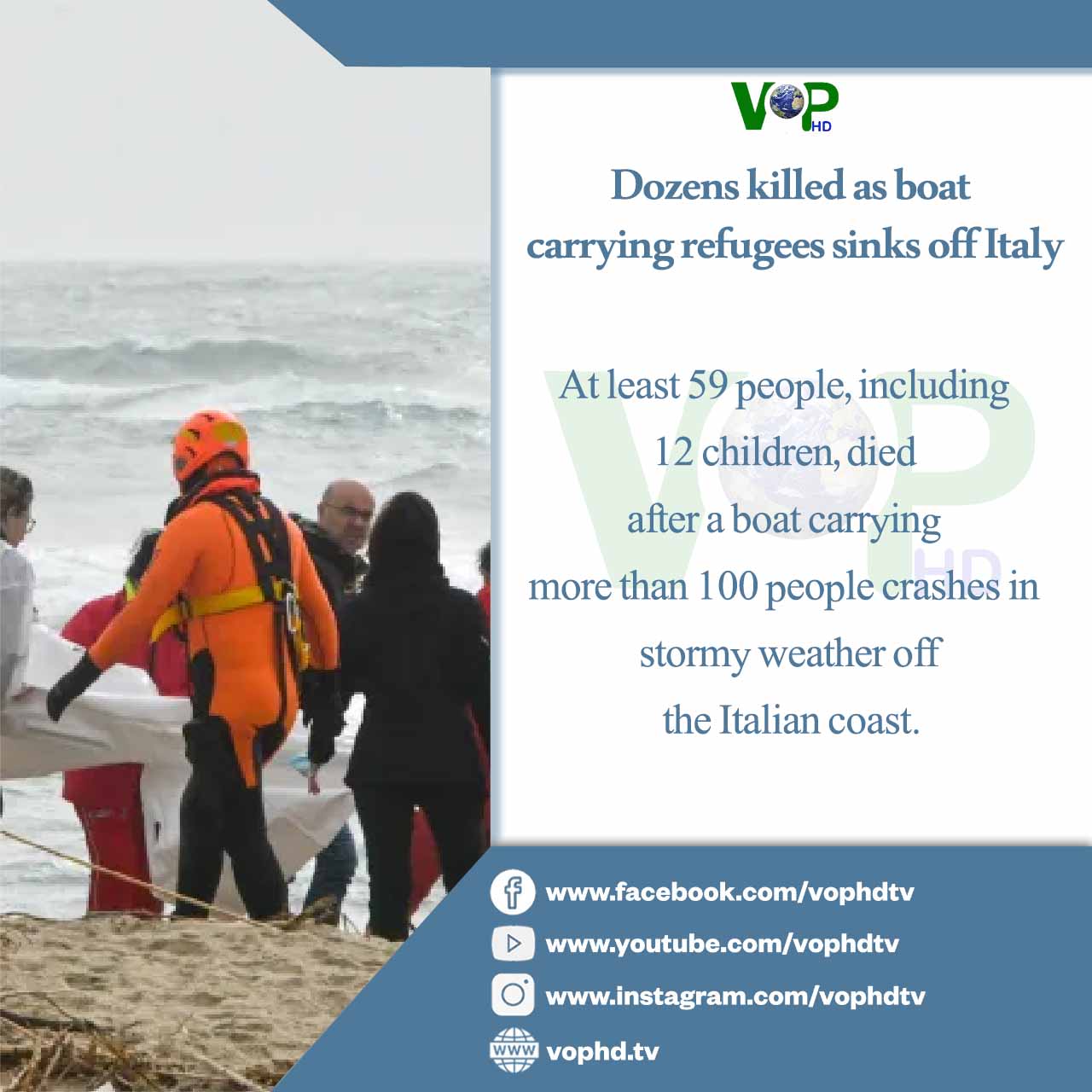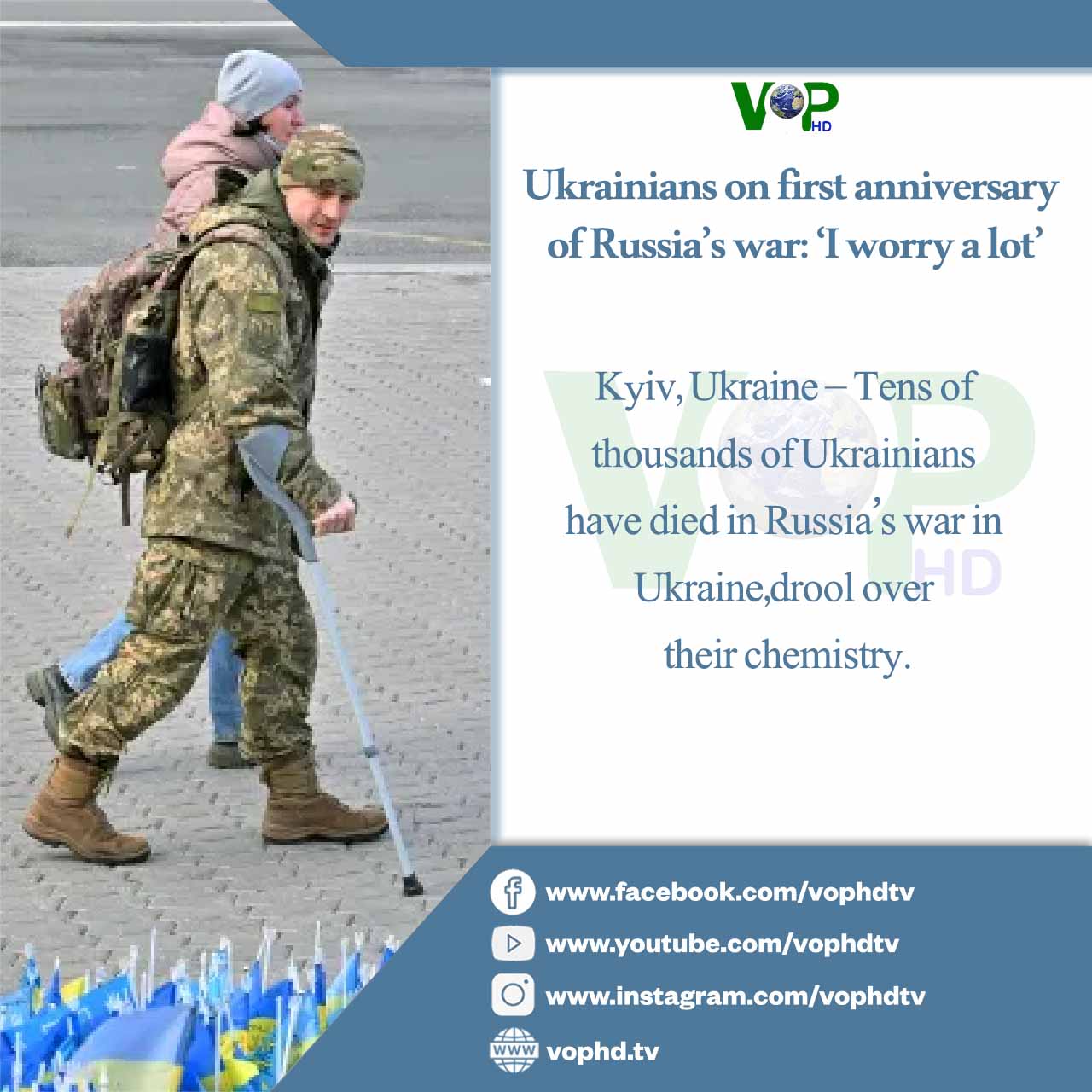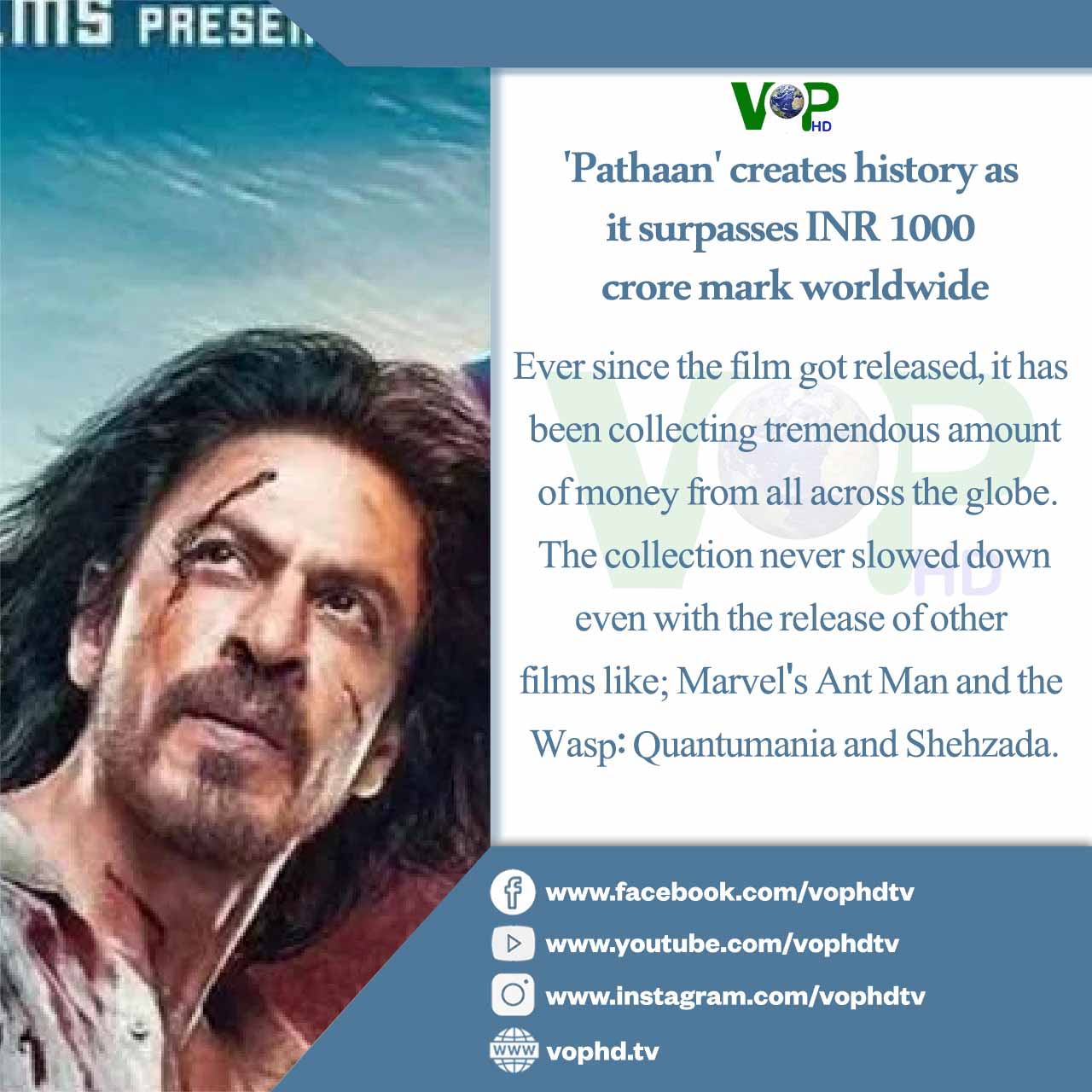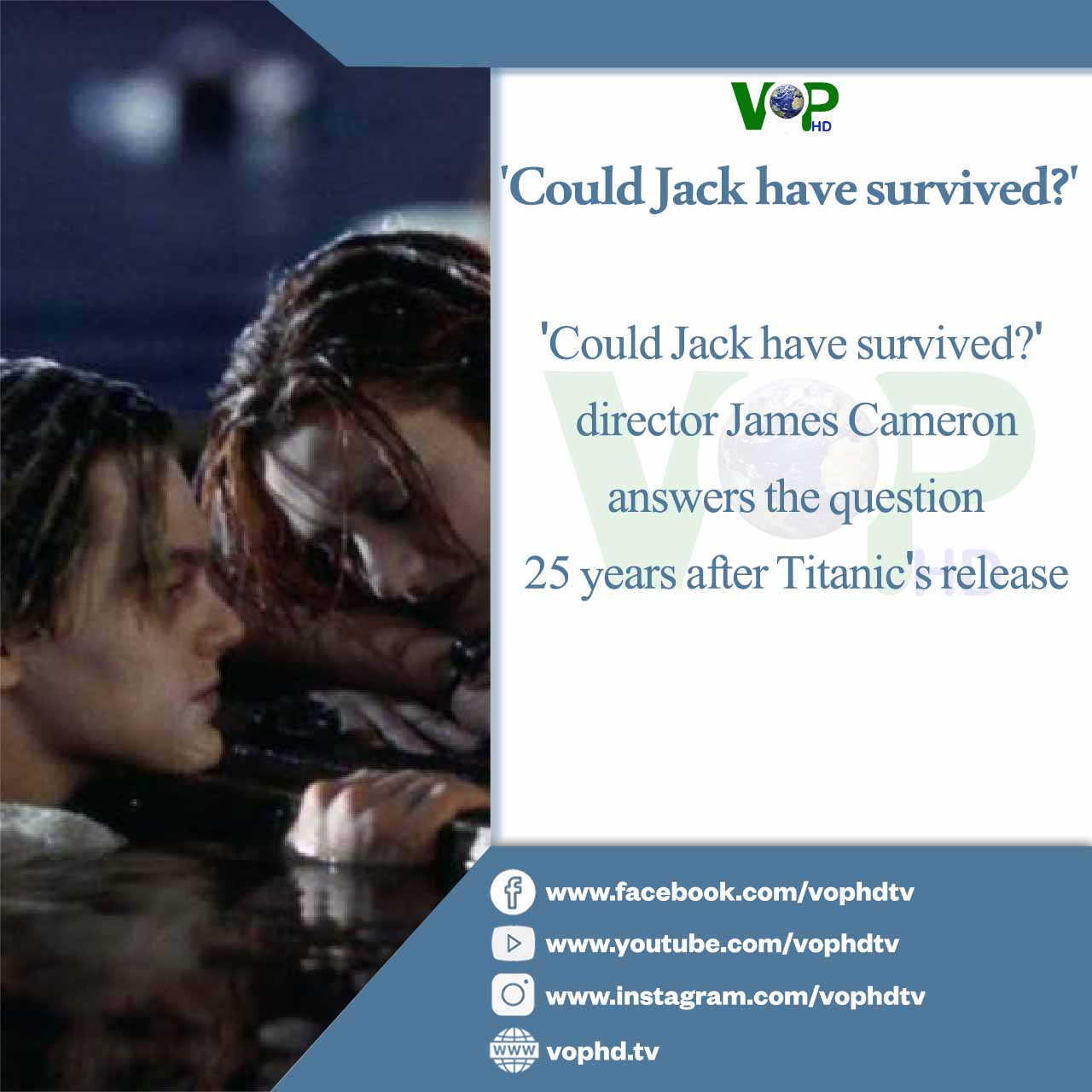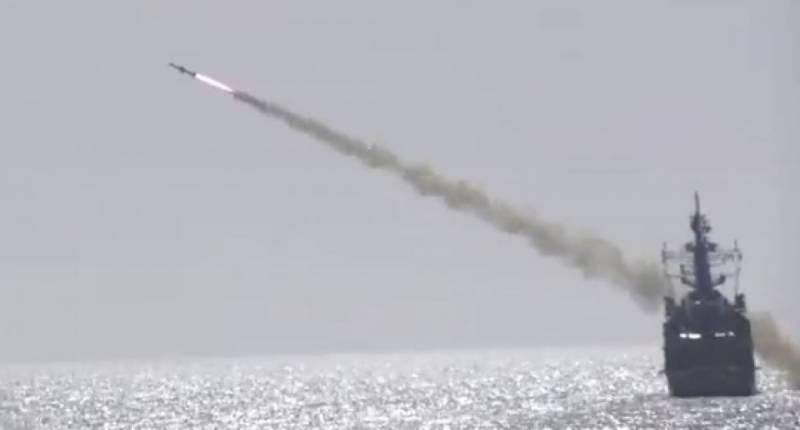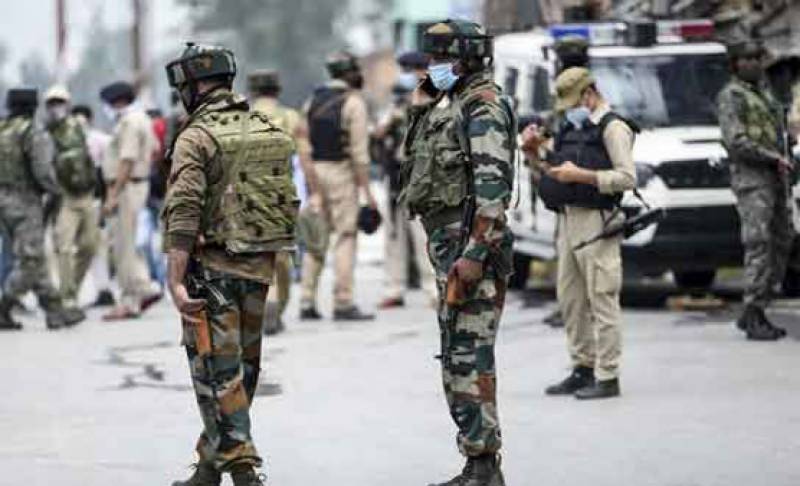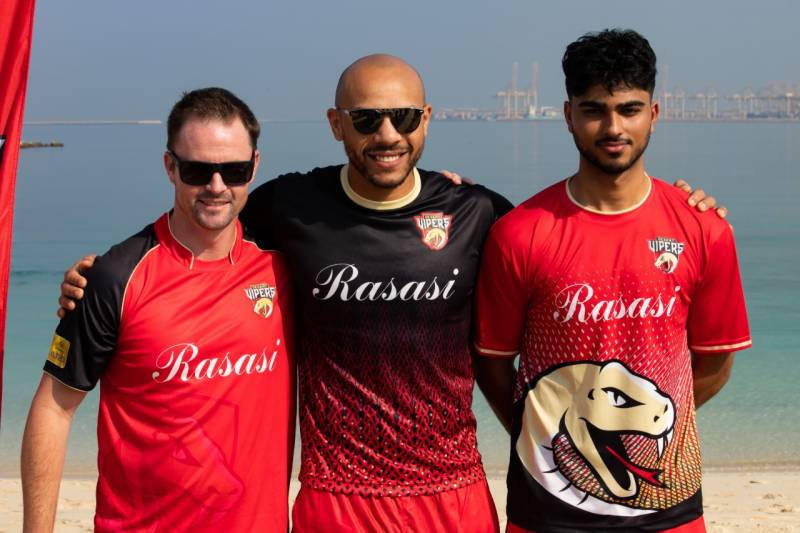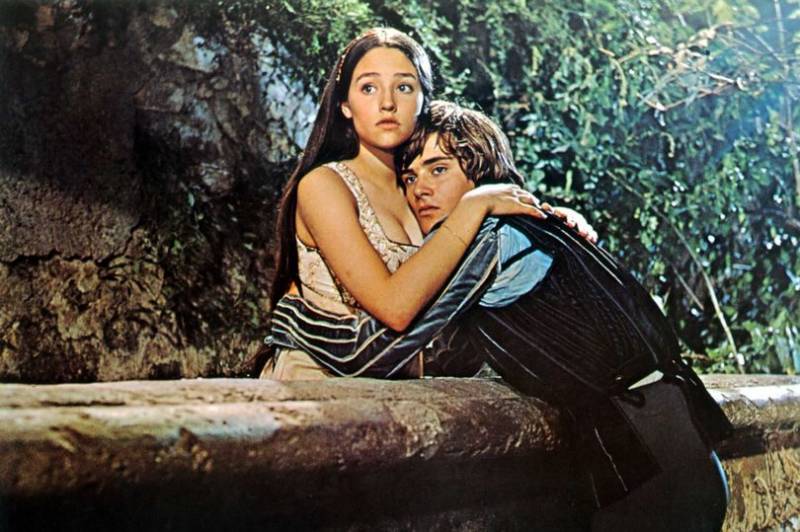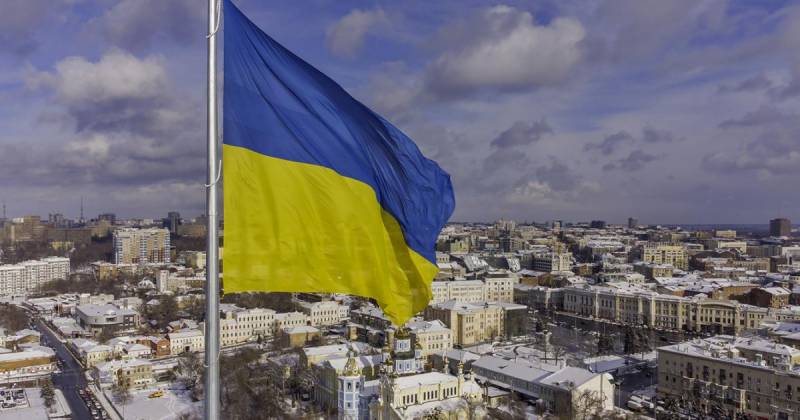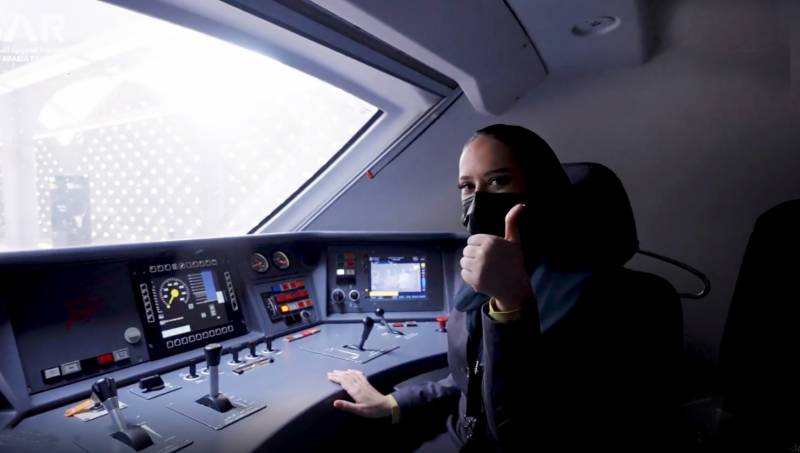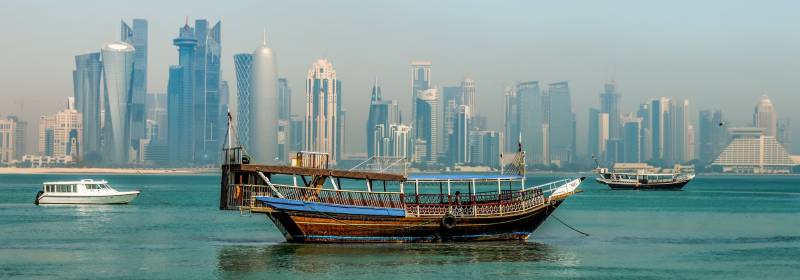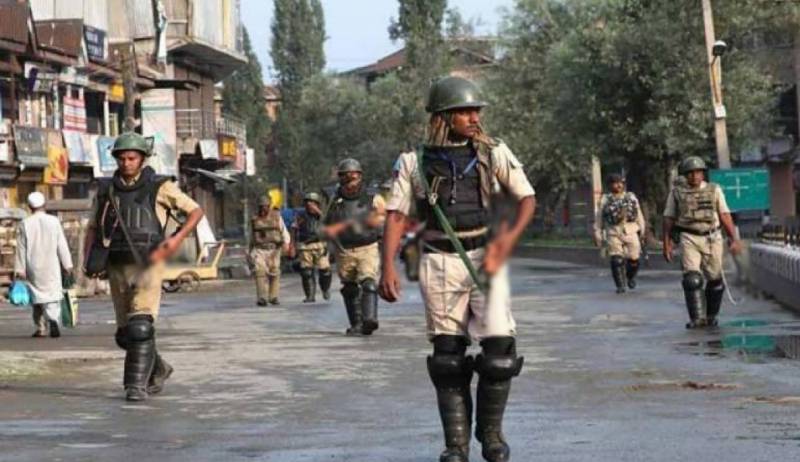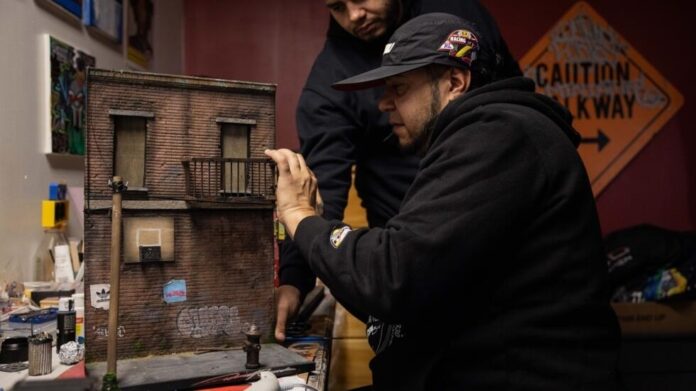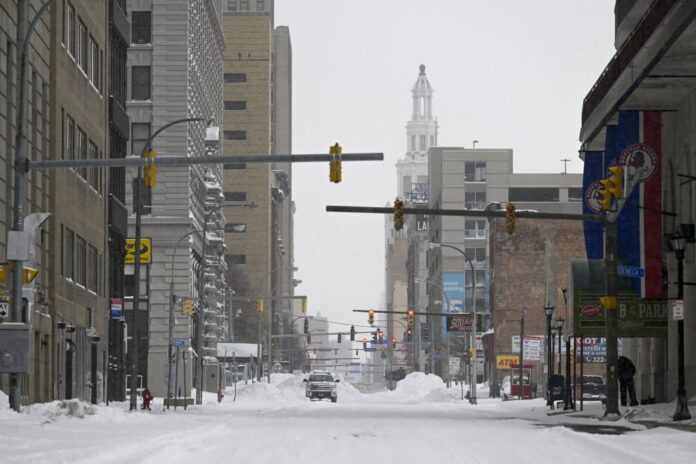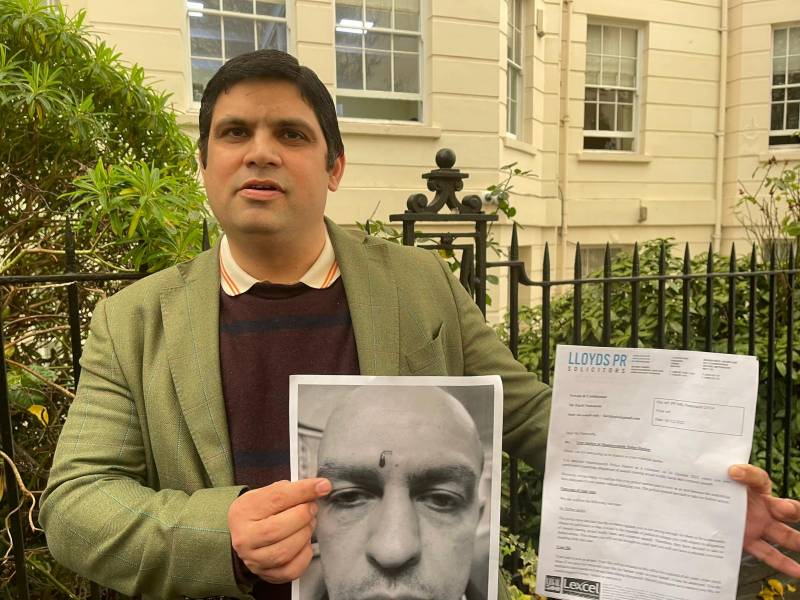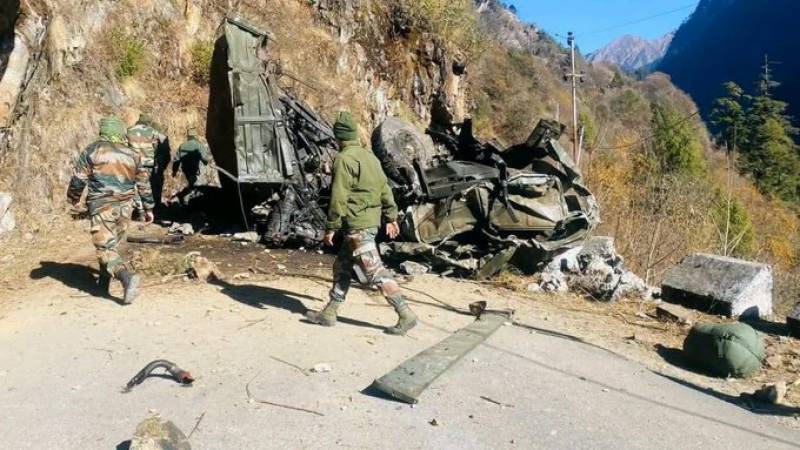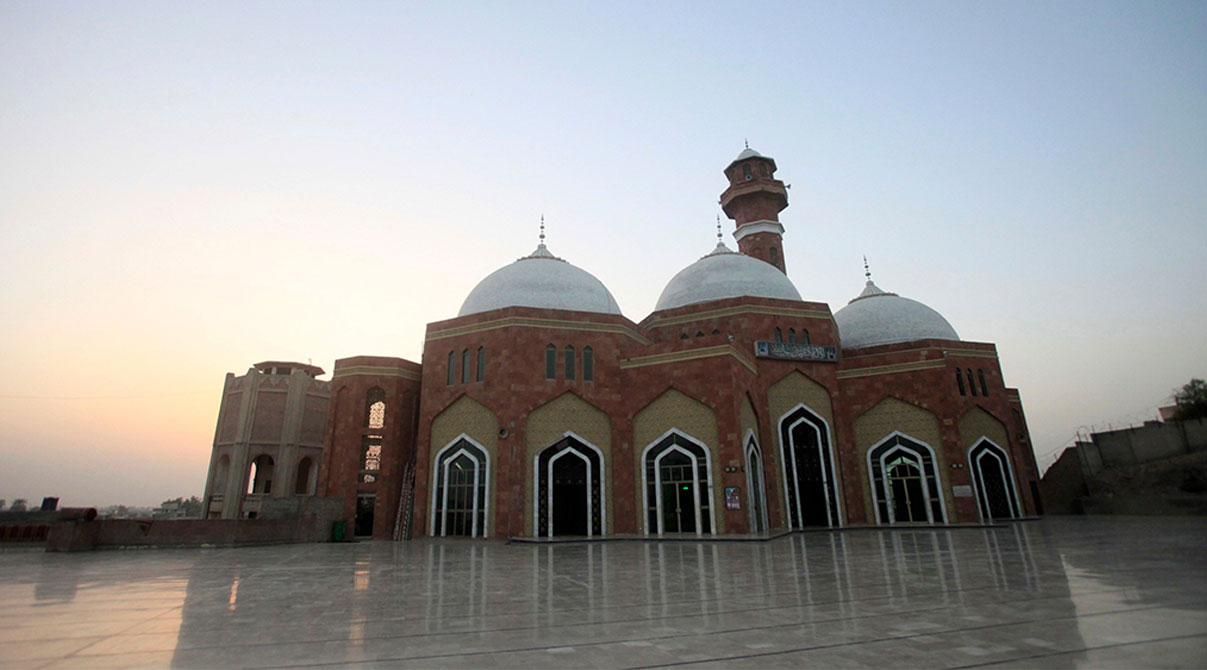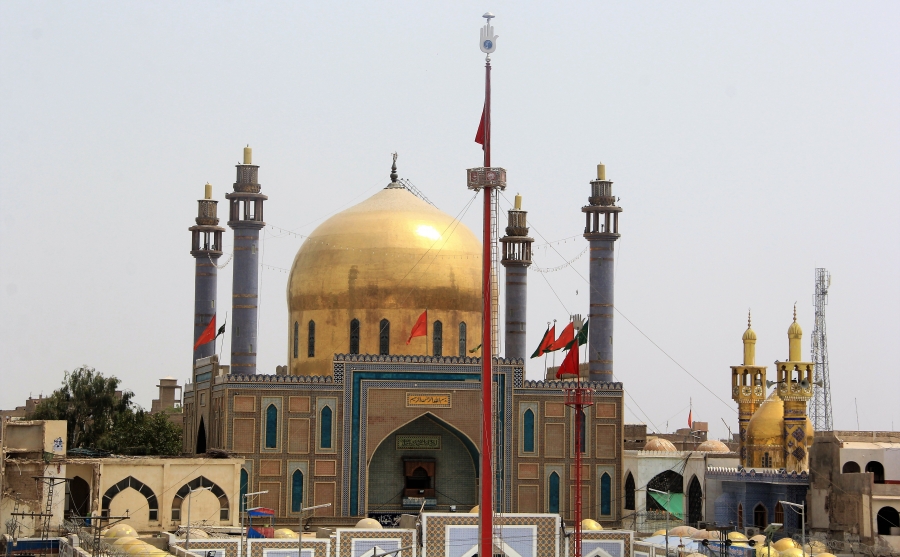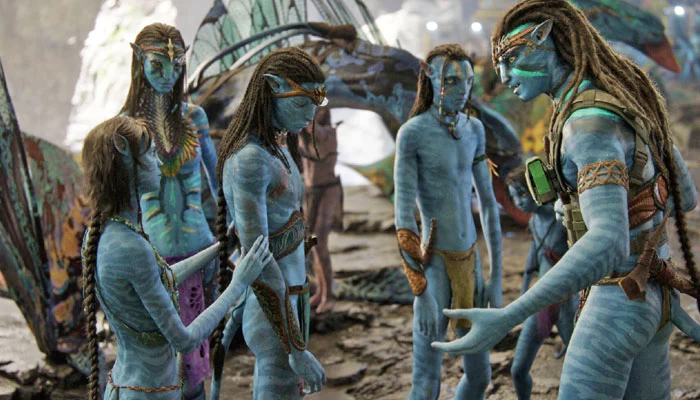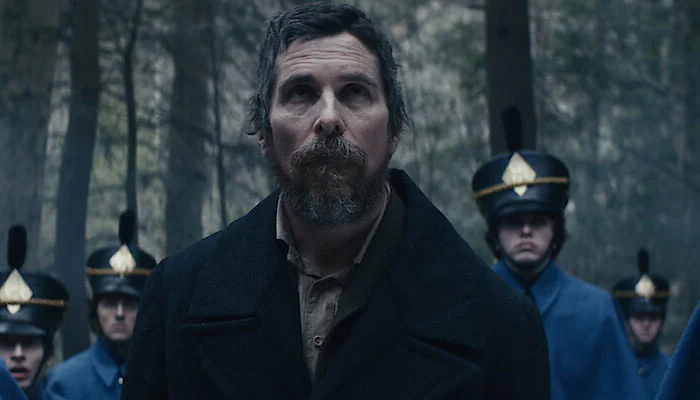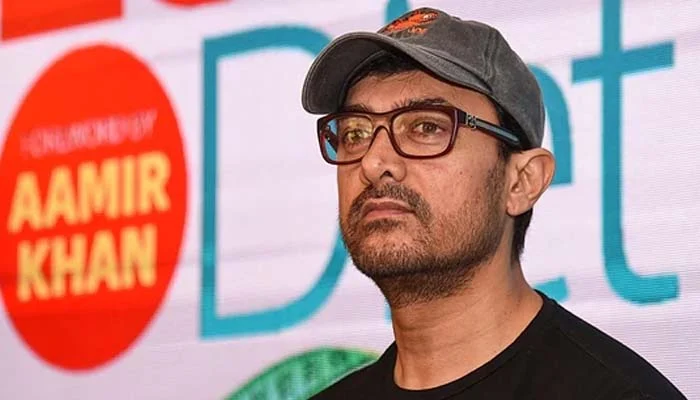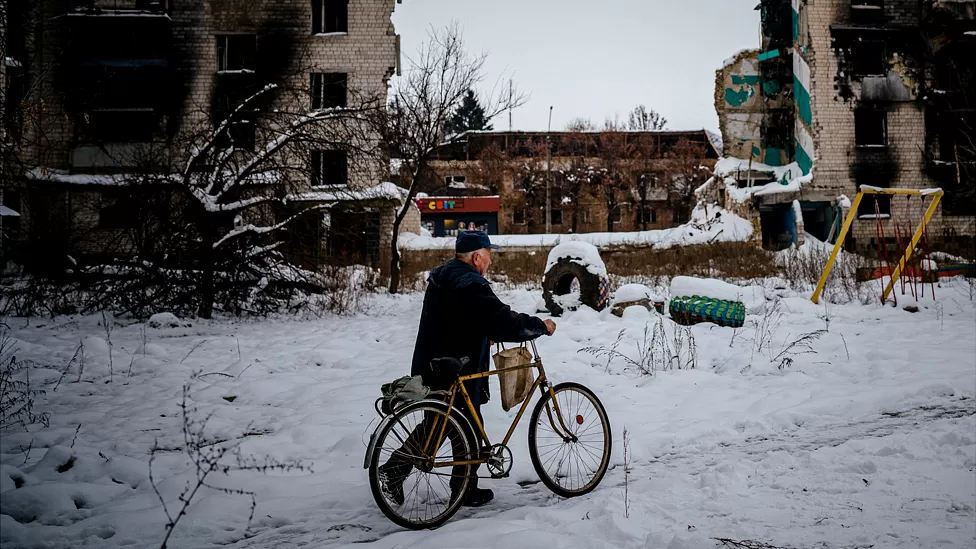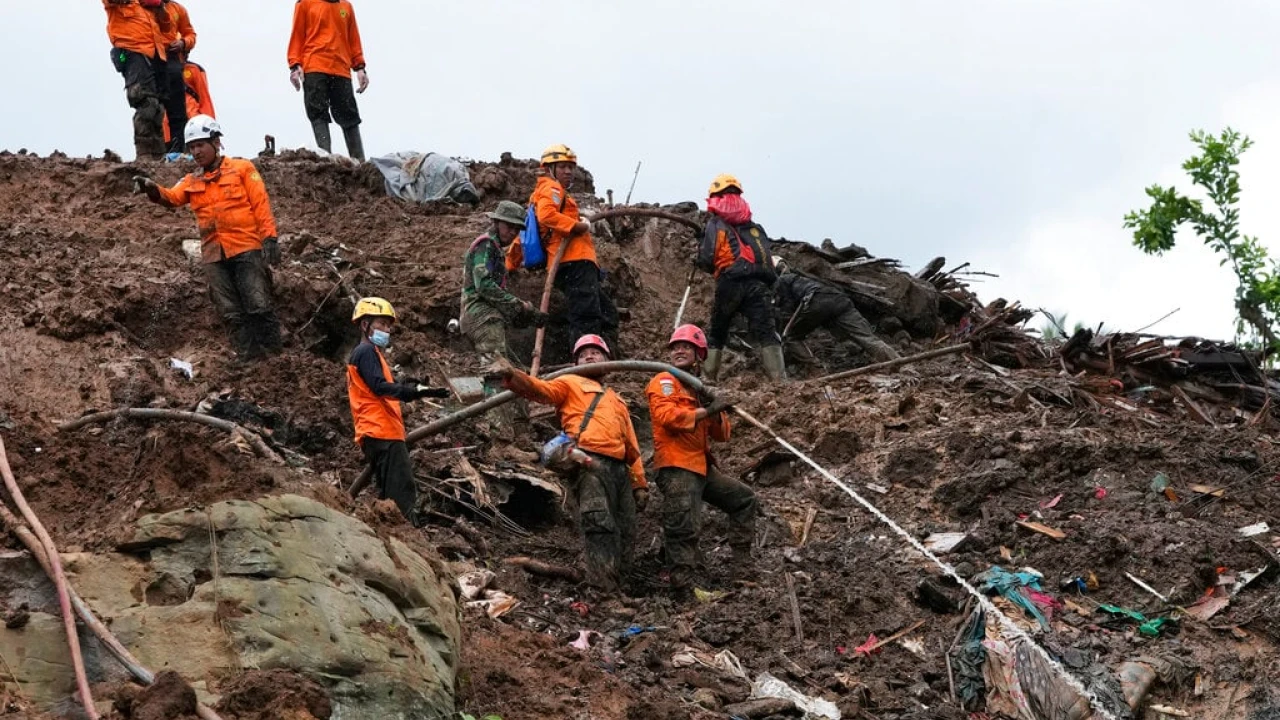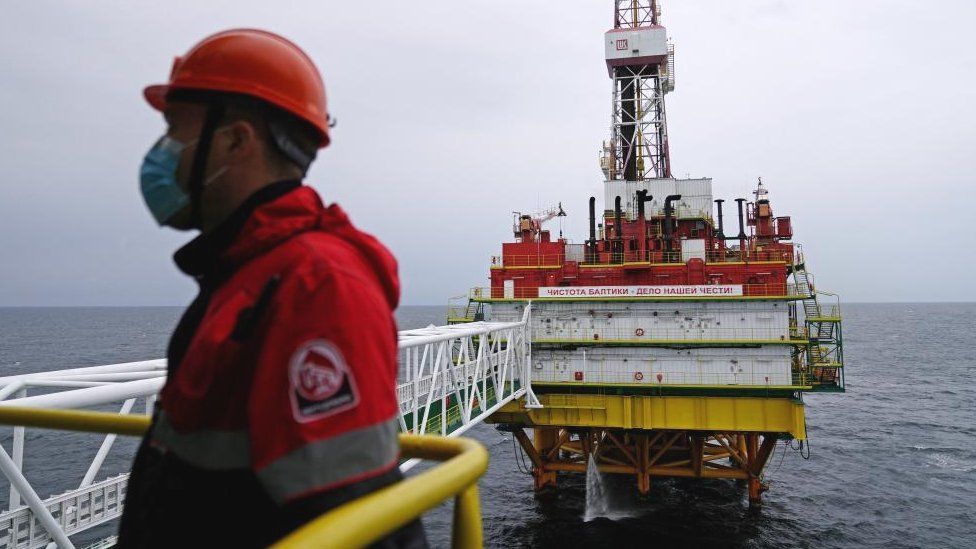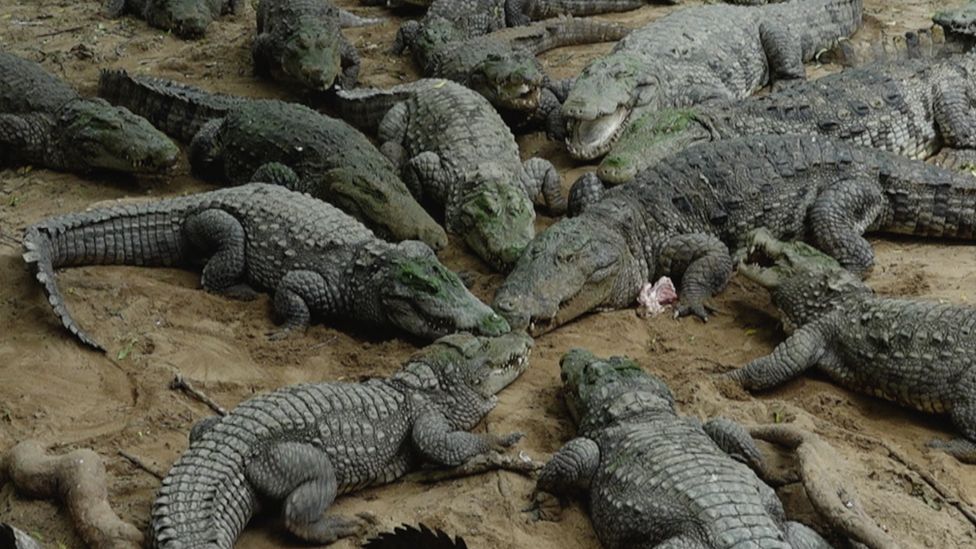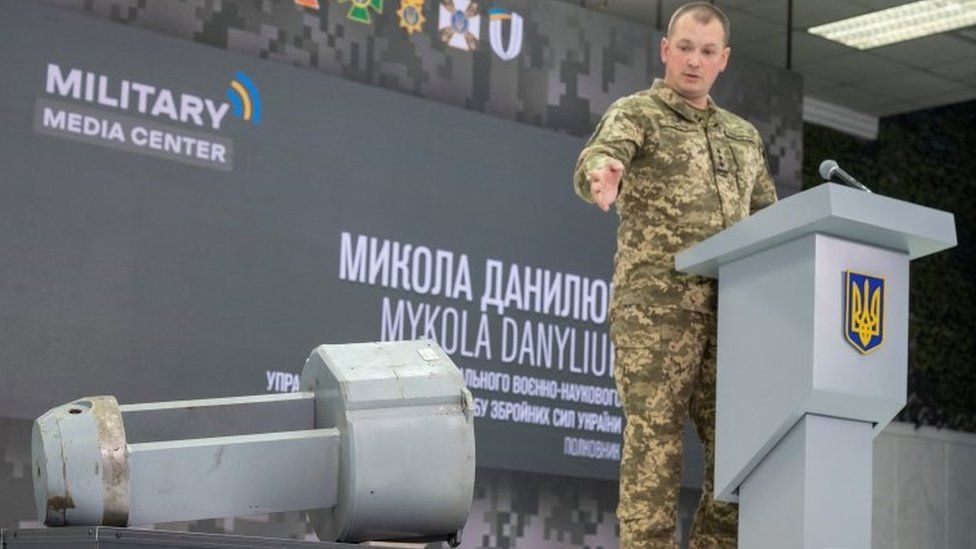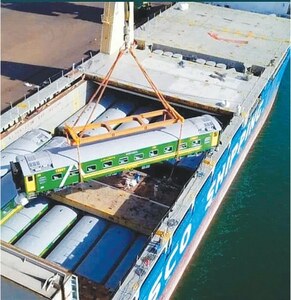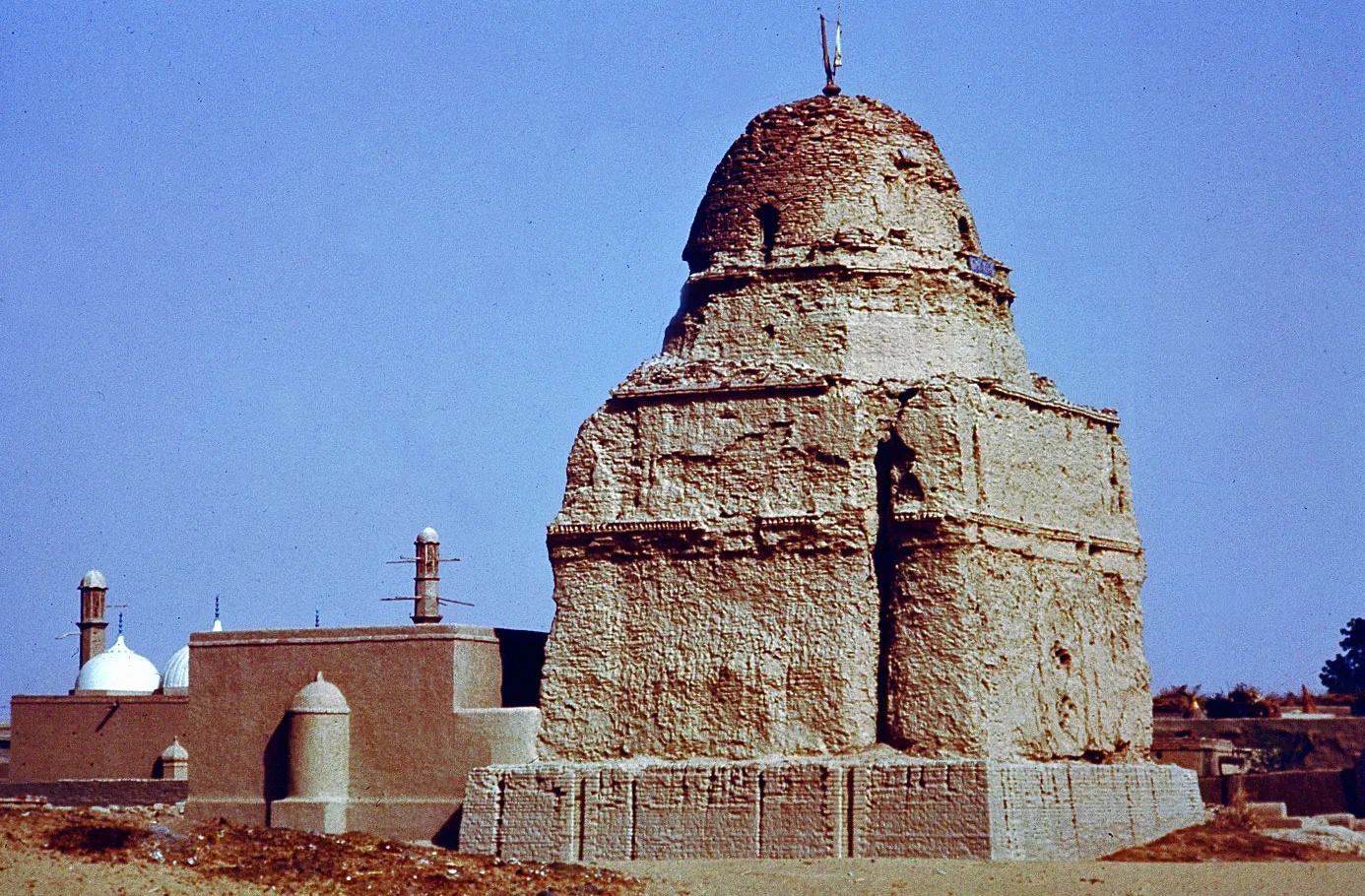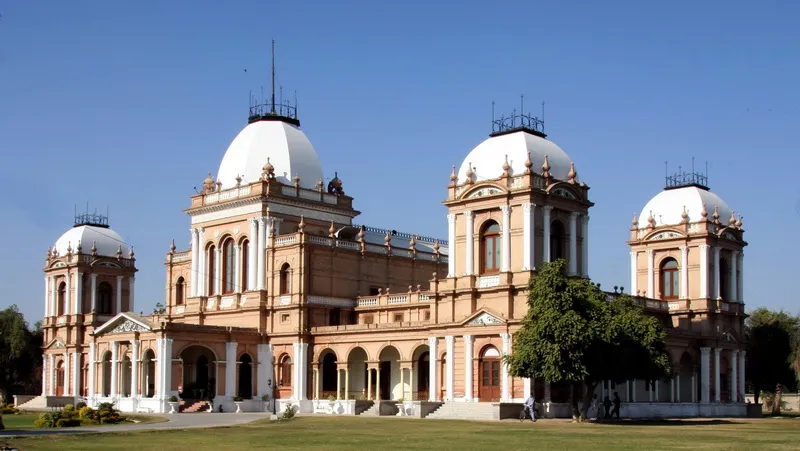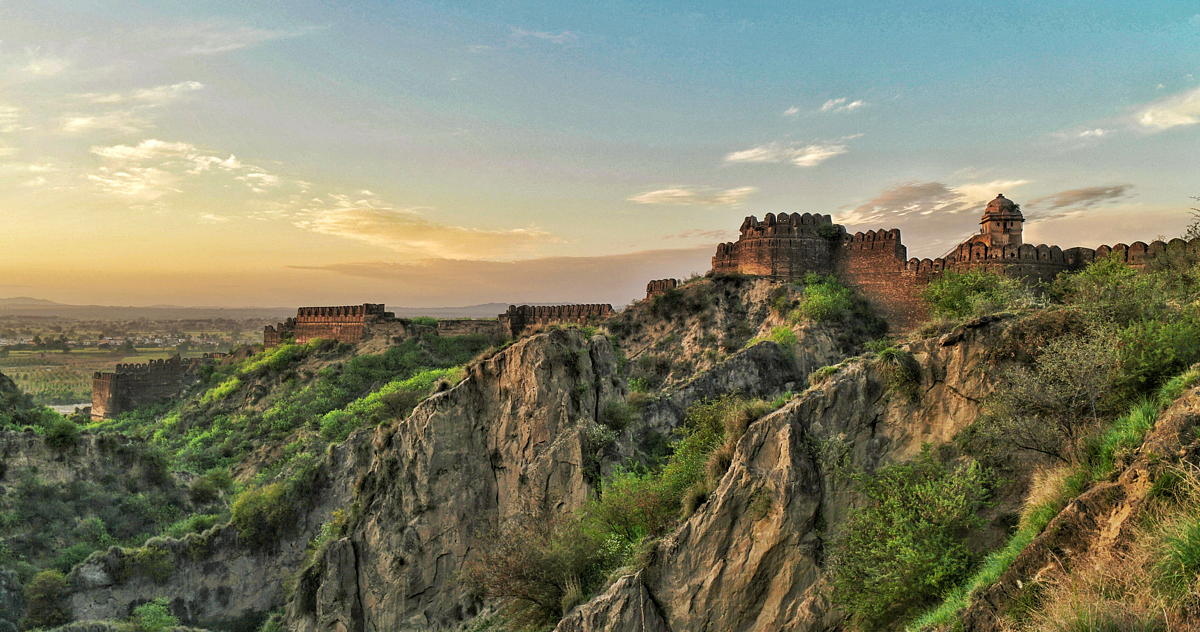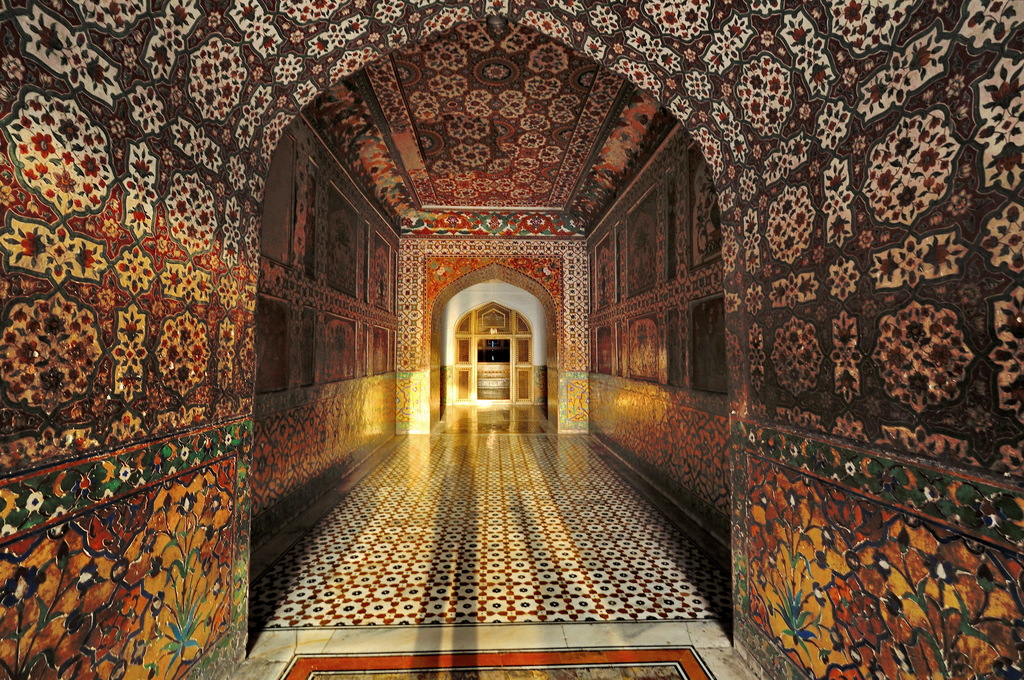Editor’s Note: This Travel series is, or was, sponsored by the country it highlights. retains full editorial control over subject matter, reporting and frequency of the articles and videos within the sponsorship, in compliance with our policy.
An enormous wooden horse presides over the marina in Çanakkale, a small port city southwest of Istanbul.
The clapboard animal is a mock-up of the Trojan Horse of mythological fame. Some may recognize this specific horse from the 2004 movie “Troy.”
It was donated to the city by the film’s producers and there’s a reason for its seemingly random location. Çanakkale (pronounced cha-na-call-ay) stands adjacent to the archaeological site that was once the ancient city of Troy, best known as the setting of the Trojan War in Homer’s “Iliad.”

“I spent 25 years digging there, and each year I appreciate it more,” C. Brian Rose, professor of archaeology at the University of Pennsylvania and author of “The Archaeology of Greek and Roman Troy,” tells . “It’s somehow different from other sites.”
There is plenty of evidence that its proximity to Troy – “Truva” in Turkish or sometimes called “Troya” – is important to Çanakkale’s identity. Statues, benches, signs and other elements bearing Trojan influences are scattered all over town. These are interspersed with references to a more modern conflict which was similarly important to the region: the terrible WWI battle of Gallipoli, which occurred on Turkey’s Gallipoli Peninsula a short ferry ride across the Dardanelles Strait on which Çanakkale sits.
Çanakkale itself is a lively, charming place. Ferries come and go. Visitors explore the cobblestone streets of the old quarter which are lined with shops and restaurants. Cafes, bars and kebab spots are kept busy by students from the university. On warm summer nights, vendors hawk their wares on the marina boardwalk under the stoical gaze of the great wooden horse.
These and many other delights are reason enough to visit the city, but its primary attraction is the Troy site itself, located 20 minutes south, outside the village of Hisarlik.
A legendary city
According to myth, the Trojan War was a decade-long conflict between the people of Troy and the Mycenean Greeks that occurred some 3,000 years ago. It was supposedly waged by illustrious figures including Priam, Hector, and Paris on the Trojan side, and Menelaus, Agamemnon, Achilles and Odysseus on the other. It finally concluded when the Greeks – on Odysseus’ advice – constructed a great wooden horse, hid within it, then waited for the Trojans to bring it within the city walls as a trophy. Once inside, the Greeks poured out of the horse and laid waste to Troy.
Today when you visit Truva – either via car or a short bus ride from Çanakkale – a second model of the Trojan Horse looms at the entrance. From there you embark on a path that weaves through and over what remains of the ancient stone walls and streets of Troy – much of which is impressively preserved or restored – and looks out across the fields below onto the waters of the Aegean Sea. If the myths are true, it was in this stretch between the city walls and the sea that the siege of Troy took place.
But how true can myths be?
“We know that there were many wars that occurred at Troy,” Rose explains. “This is an area where there has been continual war linked to its geographic location because everyone wanted to hold the site.”
A place everyone wanted to conquer

Troy stood in a geopolitically vital position. It controlled the entrance to the Dardanelles Strait, which links the Aegean with the Marmara and Black Seas. It was also located upon one of the two easiest land crossings between continental Europe and Asia. Because of this, there was fierce competition to control it. There was conflict for 2,000 years, spanning the late Bronze Age (during which the Trojan Wars would have occurred), into the Persian Wars, and on through the Crusades in the medieval period.
This was no provincial backwater, but an important crossroads in the region, visited by kings and emperors including Xerxes, Alexander the Great and the Roman emperor Augustus. According to famed Greek historian Plutarch, Alexander made a pilgrimage to the temple of Athena Ilias here, where he made sacrifices at what was said to be the tomb of Homeric heroes Achilles and Patroclus.
According to Rose, by the time the Iliad was first written down in the eighth century BCE, what had in reality been 200 years of war between many combatants that took place over the course of the late Bronze Age was condensed into a war of 10 years’ duration involving two primary foes. So there is a historical foundation for the Trojan War? He nods: “Sure.”
We even have evidence that many of the figures who participated in it were real.
Only a single piece of writing from Bronze Age Troy has survived through the ages, says Rose. Clay tablets discovered at Hattusa, the nearby capital of the ancient Hittite people, mention “Wilusa” – their word for “Illios,” which was in turn the Greek word for “Troy” – and discuss diplomatic and military relations with the Mycenaean Greeks. There are even references to Atreus (Agamemnon’s father), Paris – who supposedly sparked the Trojan War with the abduction of the world’s most beautiful woman, Helen – and other characters from the Iliad.
Rose calls the tablets, “a history book for what happened in western Asia Minor between the Greeks and Hittites.”
At Truva, Rose and his team used MRI scanning to reveal key features of the city, including a pair of defensive systems that some have argued were directly referenced by Homer. This is difficult to verify, however.
As he explains, what we today call Troy is in fact a multi-period site with 10 distinct layers of occupation, one atop another, spanning some 4,500 years. Over the millennia, it has been a place of many peoples and names.
Walking in the footsteps of Achilles

Regardless of vague timelines and dubious veracity when it comes to some of the specifics, a visit to Truva will be the experience of a lifetime for enthusiasts of the Homeric epics. You can look out from its walls over the ground where, according to legend, Achilles did battle with Hector and Odysseus concocted the ruse of the horse. You walk upon stones that were perhaps trodden by some of the greatest names of myth: Agamemnon and Priam, Helen and Cassandra, Paris and Nestor. And it was here that the root of nearly all Western literature to follow was planted.
But you don’t have to be a student of the classics to enjoy Troy. The ruins themselves are impressive, the curation well done, and you can feel the presence of history throughout.
What’s more, it lacks the crowds one typically encounters at historic sites of great importance. Here you can explore one of the significant flashpoints of history in peace.
Bookended by history

Nearby Çanakkale is an excellent place to spend two or three days if you’re visiting Troy. Compact enough to explore its downtown on foot, it has good food, cozy cafes, lively bars, pastry shops (for the obligatory baklava) and souvenir shopping, interspersed with reminders of its historic past.
One particularly popular restaurant is Sardalye, where the specialty is locally caught fish and chips. Along the waterfront you’ll find numerous cafes, bars, and restaurants – Ziveriye Ocakbaşı is a great place to explore some traditional Turkish dishes accompanied by a terrace view of the Trojan Horse.
Beyond that, Çanakkale is an easy place to simply walk and take in the atmosphere.
“It’s a wonderful town,” says Rose. “I enjoy it enormously. It’s not overwhelmed with tourists so it has maintained its own unique charm. I view it as a perfect place for the exploration of the wars that have occurred in that spot in antiquity and the modern period.
“If you look on the Asian side in Çanakkale, you see the colossal wooden horse as a reminder of the first of the great east-west conflicts that occurred in this region. Directly opposite it on the European side you see the Gallipoli war memorial commemorating the last – thus far – of [them]. So when I think of Çanakkale I think of those two monumental bookends.”



































































